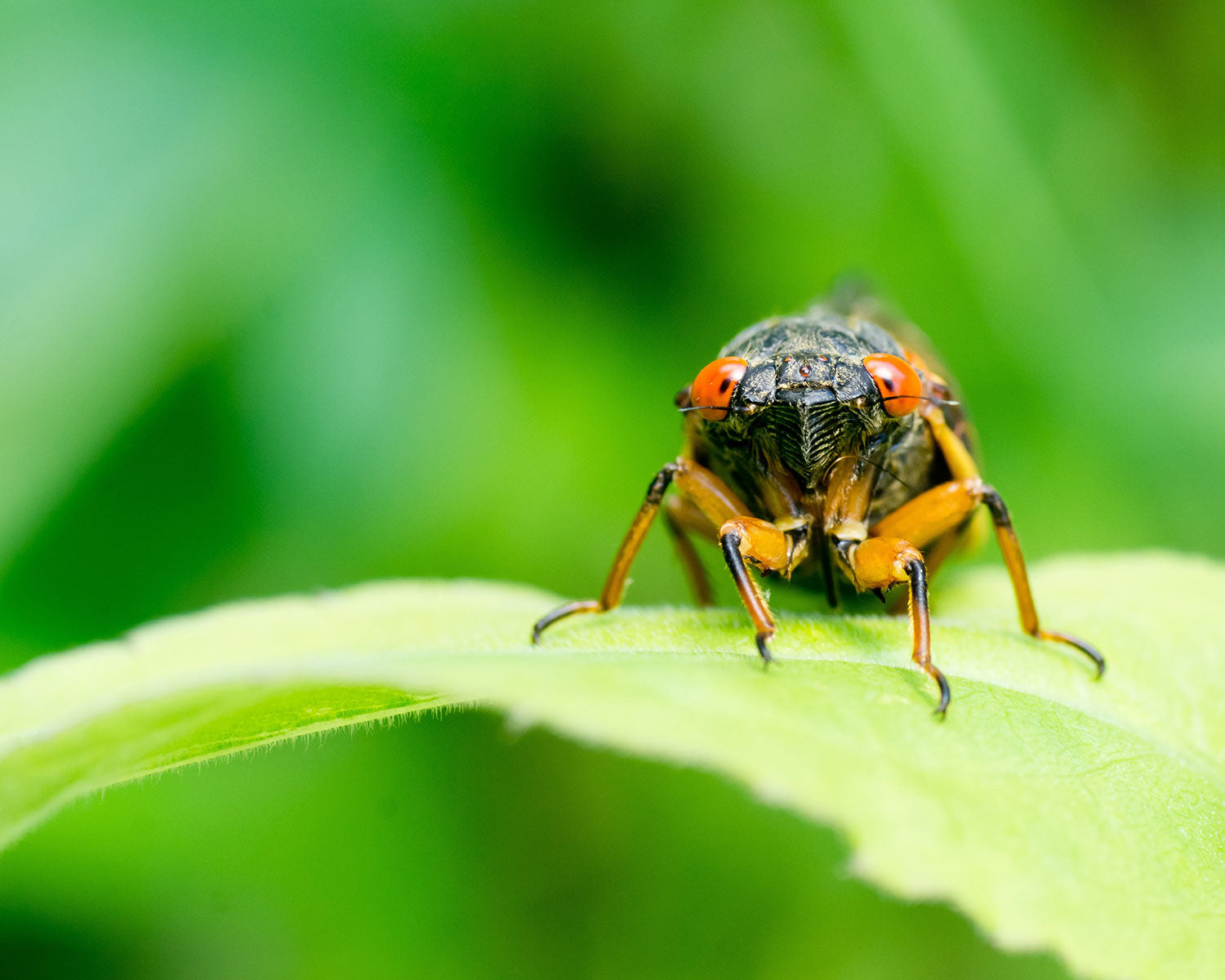
Cicadas are sound-producing insects known for their long underground dormancy and synchronized mass emergence. After spending years underground in their nymphal stage, they're poised to surface in many parts of the United States. This year's cicada brood 2024 will emerge in late spring when ground temperatures reach around 65 degrees Fahrenheit. While this event promises to be a fantastic spectacle, it also poses concerns for gardeners and plant enthusiasts whose trees may be impacted.
Understanding how to protect your plants from the impact of cicadas is vital for preventing damage and preserving your green spaces during the cicada emergence in 2024. Here's what you can expect for the 6-8 weeks they spend above ground participating in their periodical mating ritual. We’ll also cover common questions about when cicadas come out, how long they stay underground, how often they come out, and more.
Cicadas are arthropods with exoskeletons that serve as food for birds and other organisms. There are more than 3,000 cicada species, which can be classified as annual or periodical cicadas.
The annual variety emerges each summer at varying times, while the periodical group emerges after over a decade of dormancy. Periodical cicadas spend most of their life underground, only to emerge in their last year in a glorious mating ritual that ends with eggs in your tree branches. The newly hatched baby cicadas will crawl out of your tree and go back underground to spend their lifecycle underneath the soil, waiting either 13 or 17 years for their next emergence period.




























